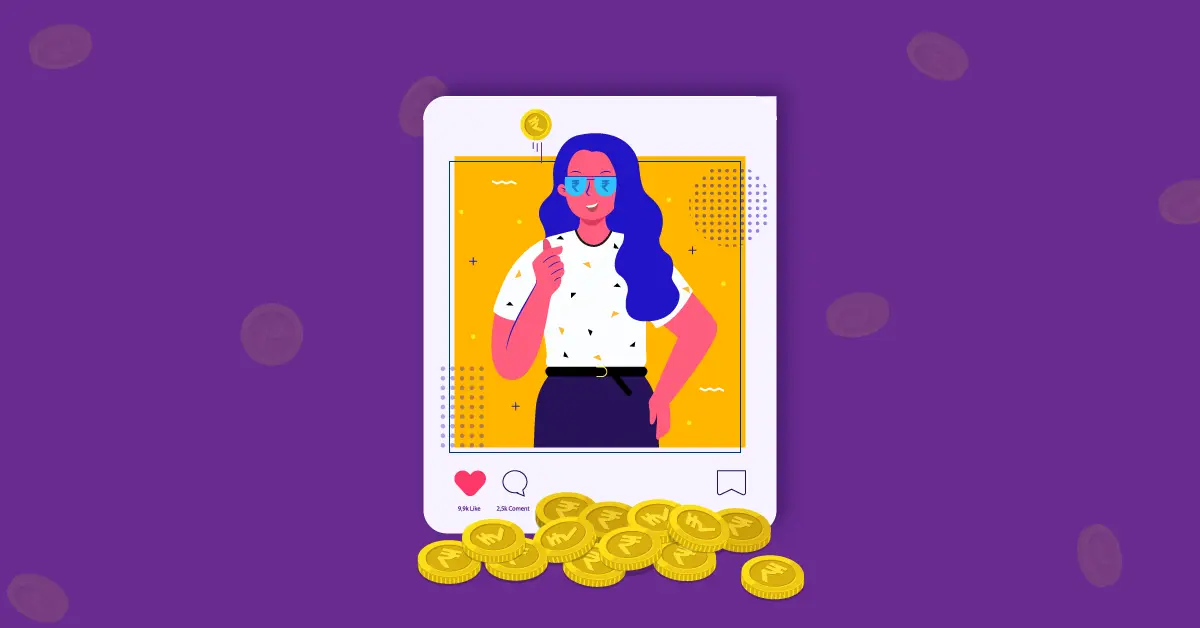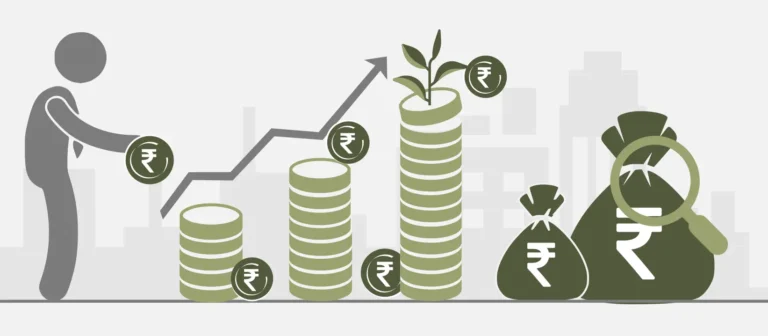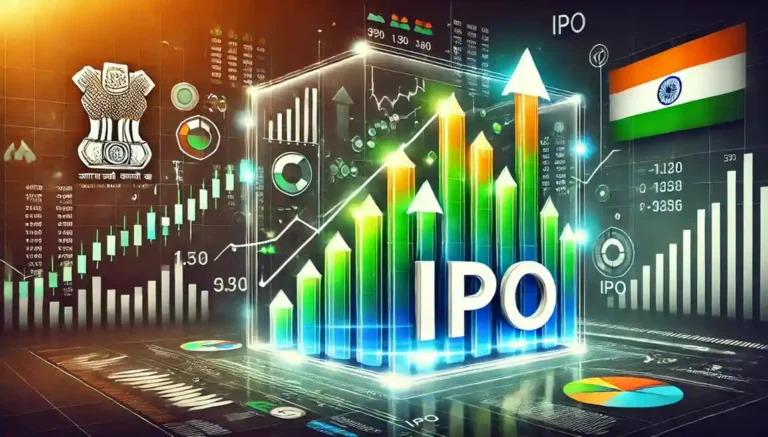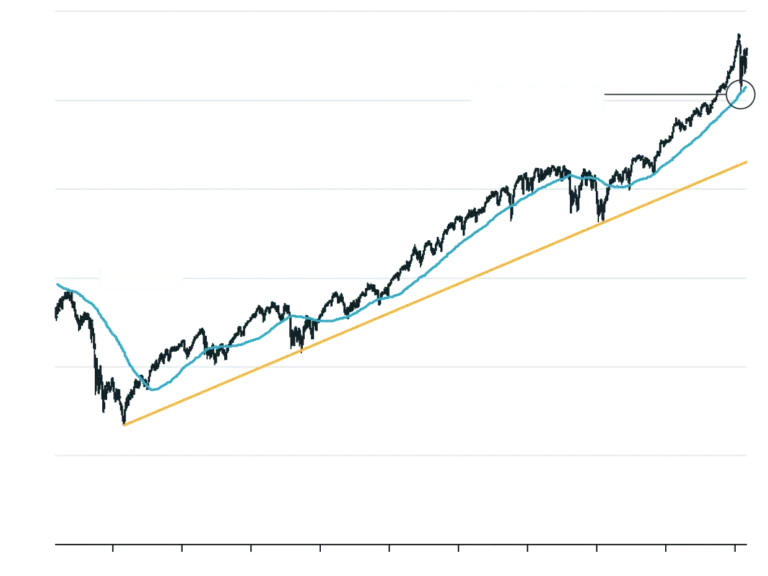The Creator Economy: Thriving in a World of Content Creation In 2024
The internet has fundamentally changed the way we consume information and entertainment. Gone are the days of limited media channels and one-way communication. Today, the rise of social media platforms and online tools has empowered a new generation of creators – welcome to the creator economy.
This dynamic space allows anyone with a passion and a device to create and share content, potentially building a successful career around their interests. From captivating You tube videos to informative blog posts to engaging music tracks, the creator economy encompasses a vast array of creative endeavors.

Table of Contents
Understanding the Creator Economy
At its core, the creator economy is a complex ecosystem where content creators produce content (like videos, articles, music, etc.) and distribute it through online platforms. These creators then build a following (or audience) who engage with the content and potentially provide financial support through various monetization methods.
Here are some key aspects that define the creator economy:
- Accessibility: Anyone with an internet connection and a creative spark can participate. The low barrier to entry allows a diverse range of voices and perspectives to emerge.
- Content Diversity: The creator economy caters to a wide range of interests. From gaming enthusiasts to DIY crafters to financial advisors, there’s a space for creators in almost every niche.
- Direct Connection with Audience: Creators have the ability to build a direct relationship with their audience, fostering a sense of community and loyalty.
- Monetization Options: Several methods exist for creators to generate income, including advertising, sponsorships, subscriptions, and selling products or services.
The Rise of the Creator Economy
The creator economy has flourished in recent years due to several key factors:
- The Growth of Social Media Platforms: Platforms like YouTube, Instagram, TikTok, and Twitch provide creators with a ready-made audience and distribution channels.
- Advancements in Technology: Affordable equipment, user-friendly editing software, and online marketplaces have made content creation and distribution easier than ever before.
- Shifting Consumer Preferences: Audiences are increasingly turning to independent creators for authentic and engaging content, often favoring it over traditional media sources.
- Demand for Niche Content: With a vast array of interests, viewers are seeking content that caters to their specific needs and preferences. Creators can fill this gap by focusing on niche topics.
The creator economy has empowered individuals to turn their passions into professions, fostering a new wave of entrepreneurship. Let’s delve deeper into the different types of creators and the diverse content they produce.

The Diverse Landscape of Creators
The creator economy is a vibrant tapestry woven from a multitude of creative talents. Here, we’ll explore some of the most prominent types of creators and the content they bring to life:
1. Social Media Influencers:
Social media influencers have mastered the art of building a loyal following on platforms like Instagram, YouTube, or TikTok. They leverage their influence to promote brands, products, or services, often through sponsored posts, product reviews, or affiliate marketing. Successful influencers cultivate a strong personal brand and engage with their audience through comments, stories, and live streams.
2. YouTubers and Video Creators:
YouTube has become a haven for video creators, offering a platform for long-form content like vlogs, tutorials, reviews, and entertainment shows. YouTubers can generate revenue through advertising, sponsorships, brand deals, and their own merchandise lines. Gaming content creators have carved out a significant niche on YouTube, offering live streams, walkthroughs, and commentary on popular video games.
3. Bloggers and Content Writers:
The written word remains a powerful tool in the creator economy. Bloggers specialize in creating informative and engaging content on specific topics, attracting readers through search engine optimization (SEO) and social media promotion. Monetization strategies for bloggers can include advertising, affiliate marketing, selling digital products (like eBooks or courses), or offering freelance writing services.
4. Podcasters:
Podcasts have become a popular medium for in-depth conversations, interviews, and storytelling. Podcasters can generate income through advertising, sponsorships, listener donations (like Patreon), or selling merchandise. The format allows for a more intimate connection with the audience, fostering a sense of community among listeners.
5. Streamers and Live Performers:
Live streaming platforms like Twitch have become a go-to destination for gamers, musicians, and entertainers. Streamers interact with their audience in real-time, building a loyal following through their skills and engaging personalities. Monetization options for streamers include subscriptions, donations (like bits on Twitch), sponsorships, and selling merchandise.
6. Musicians and Audio Creators:
The creator economy has empowered musicians to bypass traditional gatekeepers and connect directly with their fans. Platforms like Spotify, Apple Music, and Bandcamp allow musicians to distribute their music and generate revenue through streaming royalties or direct sales. Musicians can also leverage social media and online communities to build a fanbase and promote their work.
7. Visual Artists and Designers:
Visual artists and designers have found new avenues for showcasing their work in the creator economy. Platforms like Instagram and Etsy allow them to sell their artwork, designs, or handmade crafts directly to consumers. They can also offer online courses, tutorials, or design services to generate income.
8. Educators and Online Course Creators:
The creator economy has opened doors for educators and subject matter experts to share their knowledge online. Platforms like Udemy or Skillshare allow them to create and sell online courses on a wide range of topics. These courses can be a lucrative source of income, reaching a global audience and offering flexible learning opportunities.
These are just a few examples – the creator economy encompasses a vast array of talented individuals. The next section will explore the various ways creators transform their passions into a sustainable income stream.
Monetization in the Creator Economy: Turning Passion into Profit

The ability to generate income is a crucial aspect of the creator economy, allowing creators to transform their passions into sustainable careers. Here’s a closer look at some of the most common monetization strategies:
1. Advertising:
Many platforms allow creators to display advertisements within their content, generating revenue based on views, clicks, or impressions. For instance, YouTubers can earn income through Google AdSense, while bloggers can display banner ads or sponsored content on their websites. The effectiveness of this method depends on the creator’s audience size and engagement levels.
2. Sponsorships and Brand Deals:
Creators with a loyal following can attract sponsorships and brand deals with companies looking to reach their target audience. This could involve creating sponsored content, promoting specific products or services, or participating in marketing campaigns. The compensation for sponsorships can vary depending on the creator’s reach, engagement, and the complexity of the campaign.
3. Subscriptions:
Subscription models allow creators to offer exclusive content or benefits to paying subscribers. Platforms like Patreon, Substack, or Twitch offer tools for creators to manage subscriptions and provide tiered access to content based on subscription levels. This method fosters a closer relationship with dedicated fans who are willing to pay for exclusive content or support the creator’s work directly.
4. Selling Products and Services:
Creators can leverage their audience to sell products or services related to their expertise or niche. This could involve selling merchandise like t-shirts, mugs, or accessories, offering digital products like eBooks or printables, or providing freelance services like writing, editing, or design. The possibilities are vast and depend on the creator’s skillset and the interests of their audience.
5. Affiliate Marketing:
Affiliate marketing involves promoting other companies’ products or services and earning a commission on each sale generated through a unique referral link. Creators can share affiliate links in their content, encouraging their audience to purchase products they recommend. This method requires careful selection of products that resonate with the audience and offer value.
6. Fan Donations and Crowdfunding:
Platforms like Patreon or Ko-fi allow creators to receive direct financial support from their fans through donations or tips. This approach fosters a strong sense of community and allows fans to show their appreciation for the creator’s work. Crowdfunding platforms like Kickstarter or Indiegogo can be used to raise funds for specific projects, allowing creators to raise capital for things like creating a new course, recording an album, or publishing a book.
7. Live Events and Online Experiences:
Creators can generate income by hosting live events or online experiences for their audience. This could involve live Q&A sessions, workshops, behind-the-scenes experiences, or online performances. Ticketing platforms and virtual event tools facilitate these interactions and allow creators to monetize their expertise.
8. Public Speaking and Consulting:
Creators who establish themselves as experts in their field can leverage their credibility to secure public speaking engagements or consulting gigs. Sharing their knowledge and insights at conferences, workshops, or corporate events can be a lucrative source of income.
Building a Sustainable Income Stream
It’s important to remember that success in the creator economy often requires a combination of these monetization strategies. Diversifying income streams helps creators weather fluctuations in audience engagement or platform algorithms. Building a strong brand, fostering a loyal community, and creating high-quality content are essential for long-term success.
The next section will delve into the challenges and considerations creators face in this dynamic environment.
Challenges and Considerations in the Creator Economy
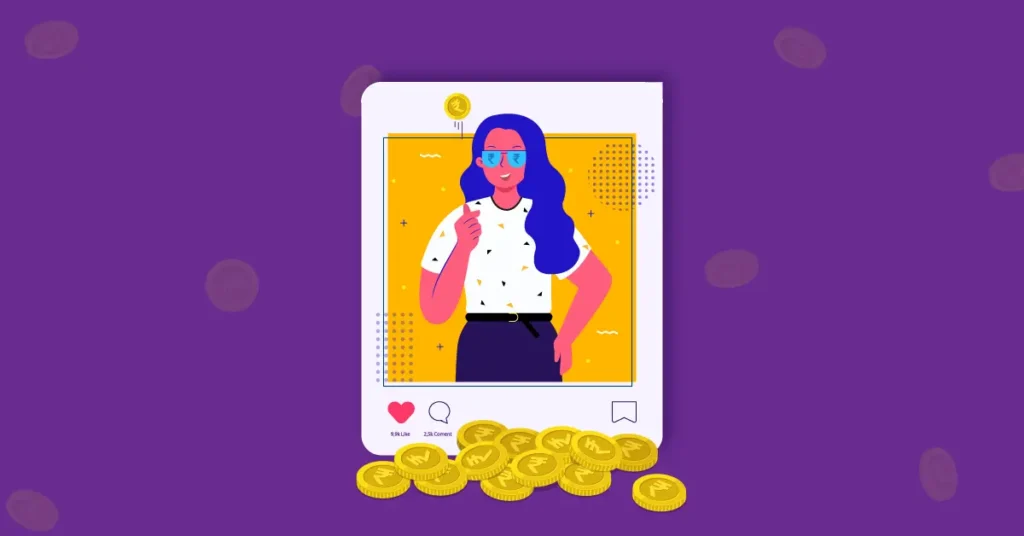
While the creator economy offers exciting opportunities, it’s not without its challenges. Here are some key considerations for aspiring and established creators:
1. Building and Retaining an Audience:
Standing out in a crowded online space can be difficult. Creators need to consistently produce high-quality content that resonates with their target audience and keeps them engaged. Building a strong brand identity, fostering a sense of community, and interacting with followers are crucial for audience retention.
2. Content Creation Costs:
Creating high-quality content can require investment in equipment, software, and editing tools. While some platforms offer monetization options, generating enough income to cover these costs can take time and effort. Creators need to be strategic with their resources and explore cost-effective ways to produce high-quality content.
3. Algorithm Fluctuations:
Social media platforms and content distribution channels rely on algorithms to curate content for users. Changes to these algorithms can significantly impact a creator’s reach and visibility. Staying adaptable, diversifying content formats, and focusing on building a strong community can help mitigate the impact of algorithm fluctuations.
4. Time Management and Work-Life Balance:
Building a successful career in the creator economy often requires long hours and dedication. Managing content creation, audience interaction, and potential business operations can be overwhelming. Developing time management skills and establishing a healthy work-life balance are essential for creator well-being and long-term success.
5. Copyright and Intellectual Property:
Creators need to be aware of copyright laws and how to protect their intellectual property. This includes understanding fair use guidelines, properly attributing sources, and potentially registering trademarks or copyrights for their creative works.
6. Dealing with Online Negativity and Criticism:
Building an online presence comes with the risk of encountering negativity and criticism. Creators need to develop a thick skin and learn to handle negativity constructively. Focusing on positive interactions, engaging with constructive criticism, and taking breaks from online negativity can help maintain a healthy mindset.
7. Evolving Platforms and Technologies:
The online landscape is constantly changing. New platforms emerge, while existing ones undergo updates and modifications. Creators need to be adaptable and willing to learn new skills to stay relevant in the face of evolving technologies and platform trends.
The Future of the Creator Economy
The creator economy is still in its early stages, but its potential for growth is undeniable. As technology advances and audiences continue to seek out authentic, personalized content, creators will likely play an even more significant role in the information and entertainment landscape. Here are some potential future trends:
- The Rise of Niche Communities: Micro-communities with highly engaged audiences may become more prominent, allowing creators to cater to specific interests and build deeper connections with their followers.
- The Creator Economy and the Metaverse: The evolving concept of the Metaverse may provide new opportunities for creators to develop immersive content and experiences.
- Focus on Creator Well-being: Platforms and communities may prioritize measures to support creator well-being, addressing issues like burnout, online harassment, and maintaining a healthy work-life balance.
- The Role of Blockchain and NFTs: Blockchain technology and non-fungible tokens (NFTs) could potentially disrupt traditional monetization models, giving creators more control over their content and revenue streams.

Conclusion
The creator economy is a dynamic and exciting space that empowers individuals to transform their passions into fulfilling careers. By understanding the opportunities, challenges, and considerations, aspiring and established creators can navigate this ecosystem and build sustainable success. As technology evolves and audiences continue to embrace creator-driven content, the creator economy is poised to shape the future of information and entertainment.
“The creator economy is not just a revolution in content creation; it’s a democratization of ideas and a celebration of human ingenuity. It empowers individuals to forge their own paths, fostering a vibrant ecosystem where passion meets purpose and creativity fuels a new era of expression.”
finologic.in

